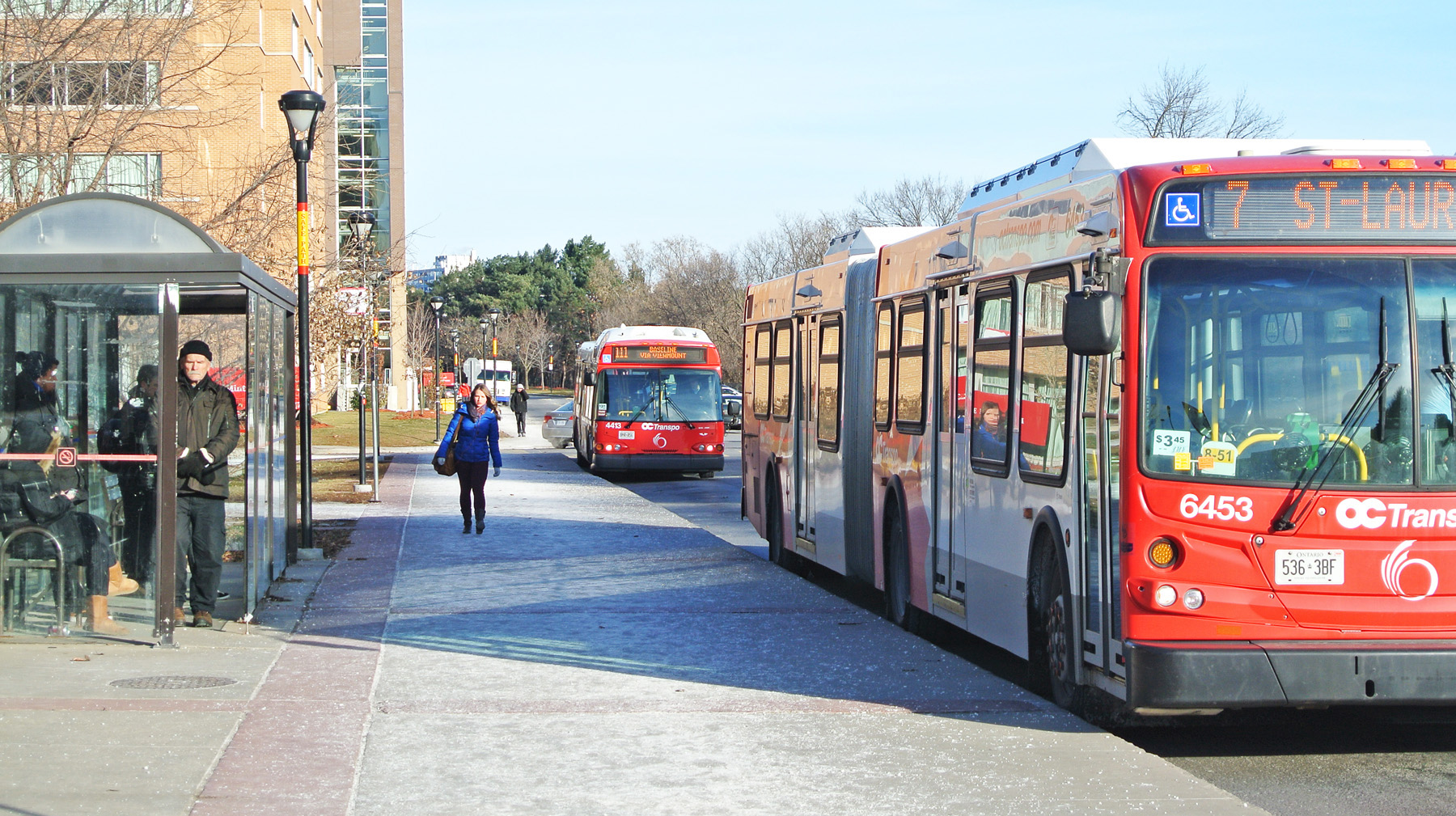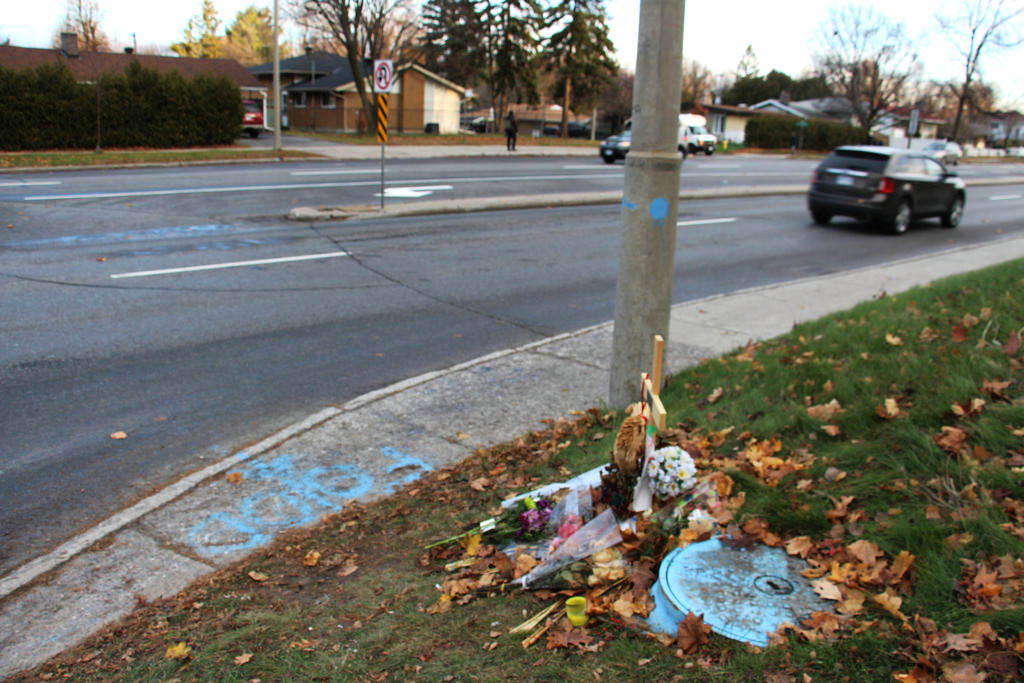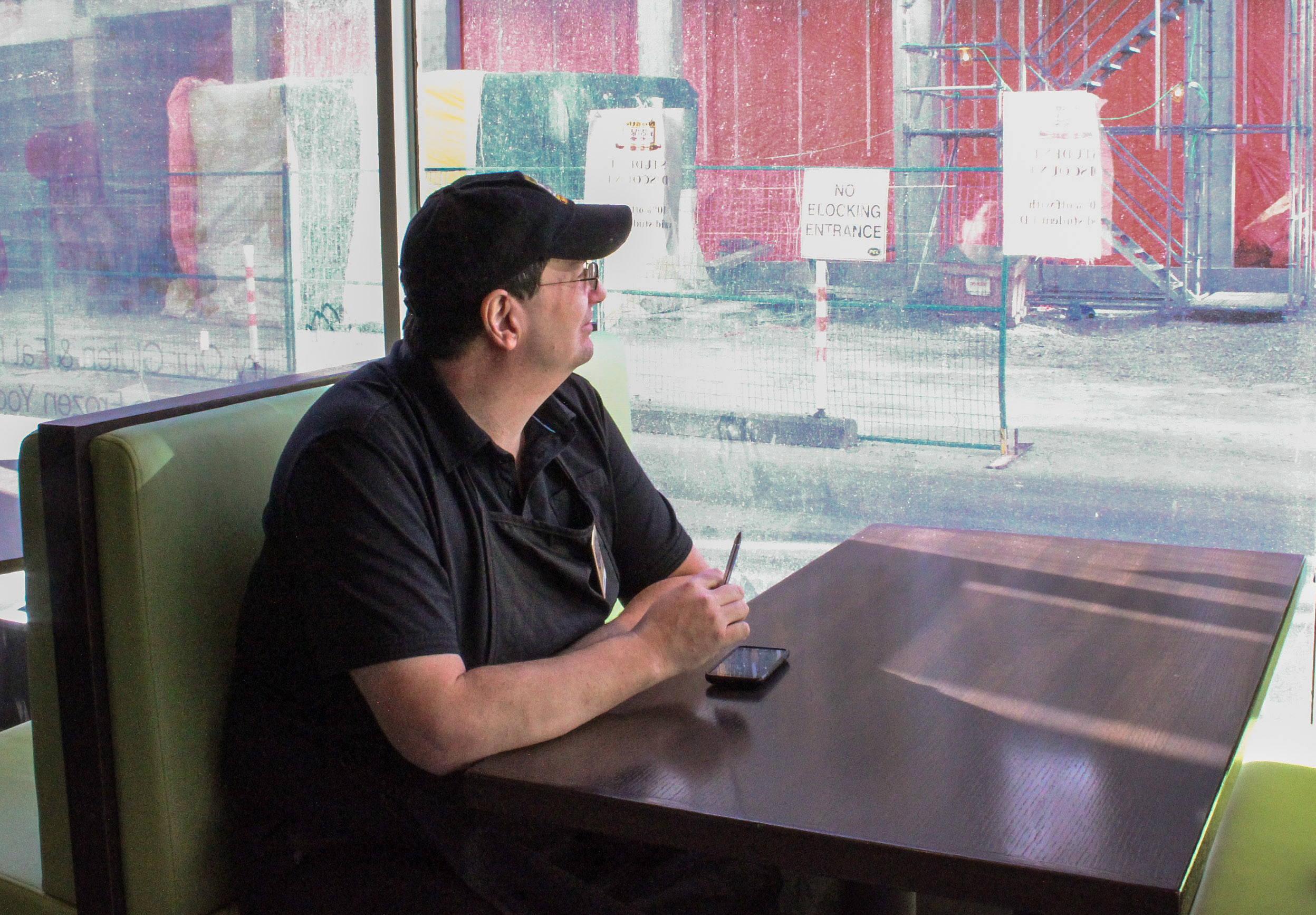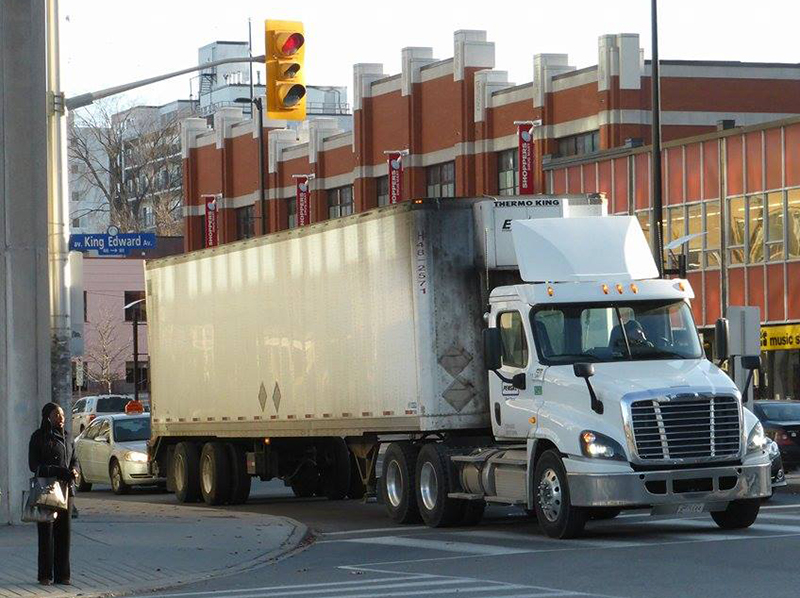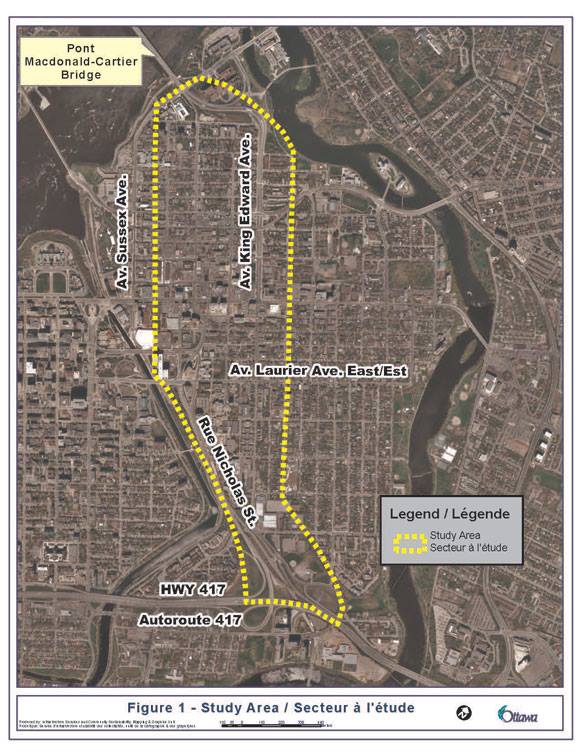By Jesse Winter

Like wheeled Frankensteins, they roll across the city, flattening all in their path, unstoppable by even the coldest Ottawa winter.
Fat bikes. They’ve been spotted cruising across frozen snow banks or weaving between traffic. Their bulbous wheels, swollen like a Yeti’s feet, spinning through snow and ice with ease.
The fat bike craze has grown steadily across Canada for the past couple of years, but they’ve been slowly gaining traction in Canada’s snowiest regions for over a decade.
As Dave Macki, co-owner of Phat Moose Cycles explains, fat bikes were once relegated to the fringes along with other bizarre creations like tall bikes, recumbents and other freak bikes.
“Brands like Surly has been making their Pugsley for years. Salsa made one for a long time as well, but now everyone under the sun makes a fat bike,” he said.
Macki’s been in the fat bike business since 2003, when the high tech company he was working for got bought out. He founded Phat Moose Cycles, a small specialized bike boutique in Old Ottawa East with a friend and soon developed a loyal clientele.
Within that customer base, Macki said, was always one or two strange folk who wanted something weird, something outside the norm.
“We always had about one guy who wanted some sort of freak bike, so we’d build a fat bike for him,” Macki said.
Starting in about 2010, more people began to pick up on the trend. Sales of fat bikes climbed at Phat Moose, as people realized that having five-inch-wide tires (that’s 13 centimetres in road cycling speak) was perfect for battling winter riding conditions here. No longer would riders be forced to stable their steeds when snow started falling.
Macki’s shop has doubled the number of fat bikes it sells every year for the past three, to a high of about two-dozen last season. He’s hopeful that November’s brief snowfalls will help propel that number even higher this year.
The bikes have earned a cult following in many places, especially in Canada’s north. In Yellowknife it’s increasingly common to see fat bikes along the ice roads on Great Slave Lake, with hardy souls churning their pedals against the biting wind.
In Whitehorse, there are now dozens of fat bikes, and counting. In such extreme conditions, having wide, fat tires isn’t enough. Below -25 C, even high-end brakes can fail when the hydraulic fluid starts to freeze, so bike manufacturers have cast their eyes backwards for old-school tech to solve the problem.
Remember grip shifters, those sad excuses for bike shifting technology that thankfully went the way of the dodo in the early 2000s? Turns out they work much better in Canadian winters than the precision indexed and spring-loaded shifters that most mountain bikes now use.
And cable-powered disc brakes, which often invite scorn from bike snobs, have a hidden benefit: unlike their expensive hydraulic cousins, they can’t freeze.
Macki said most people in Ontario use fat bikes as stand-ins for mountain bikes in the snow – riding them on packed-down snowmobile trails like the Osgoode multi-use pathway. Even some groomed ski areas like Mont St. Marie allow them.
But they are equally at home plowing through the snowdrifts on Ottawa streets. If another polar vortex descends on Ottawa this winter, it’s likely that fat bikes will emerge victorious once again.

